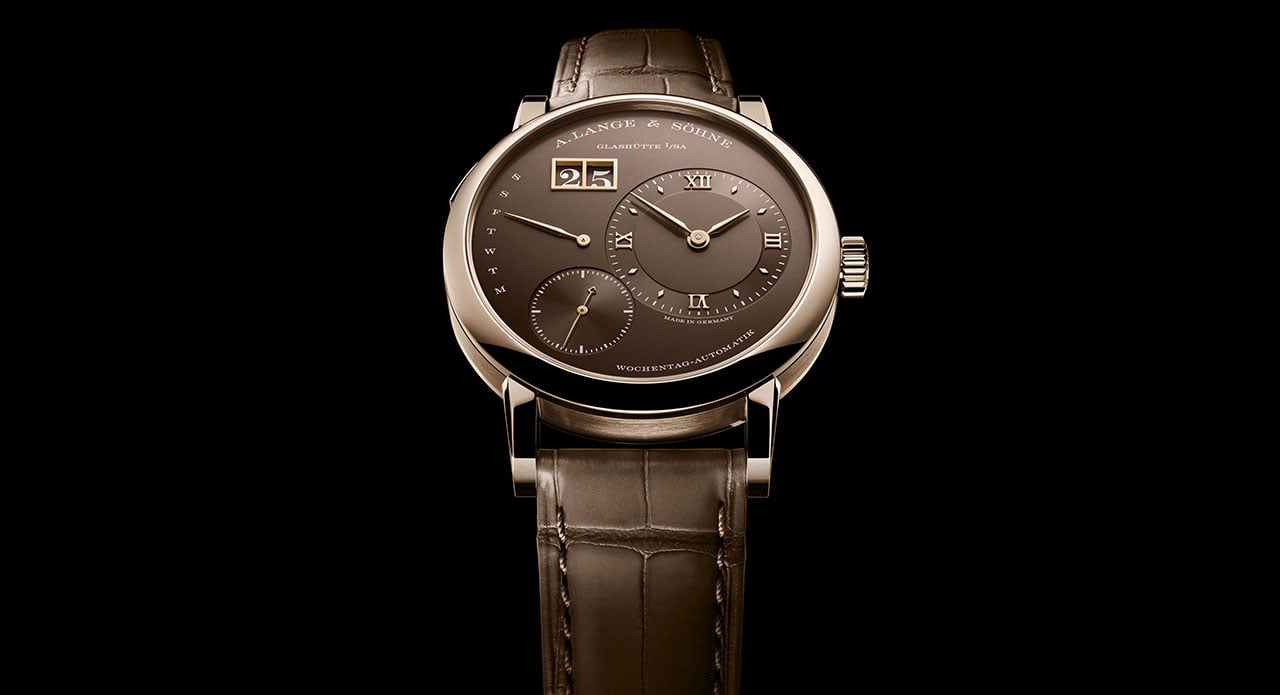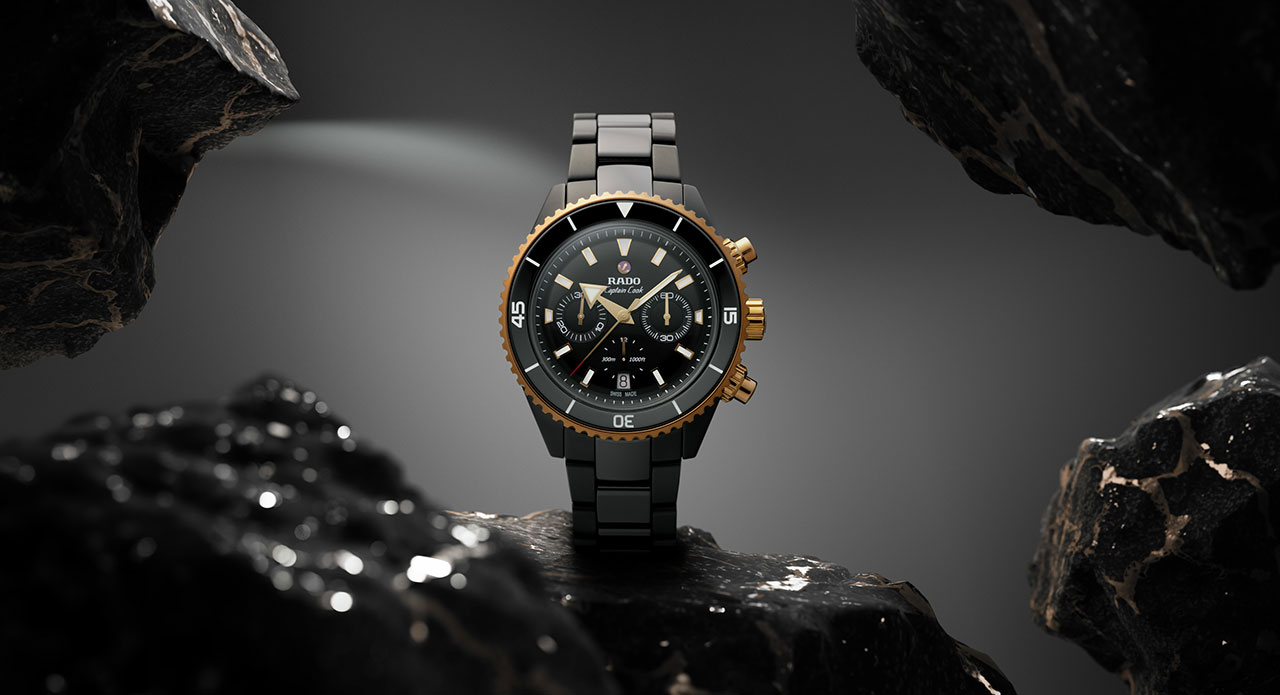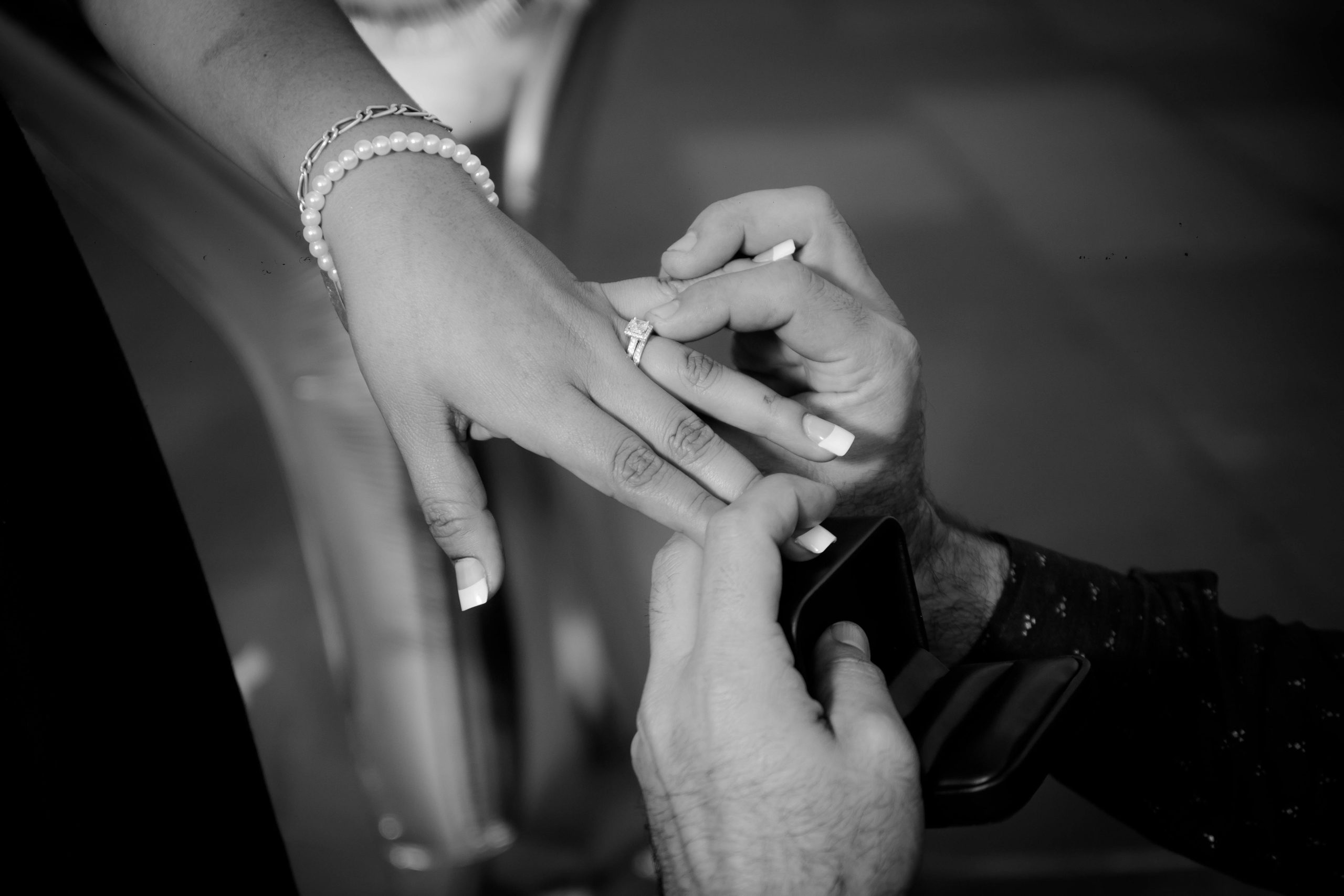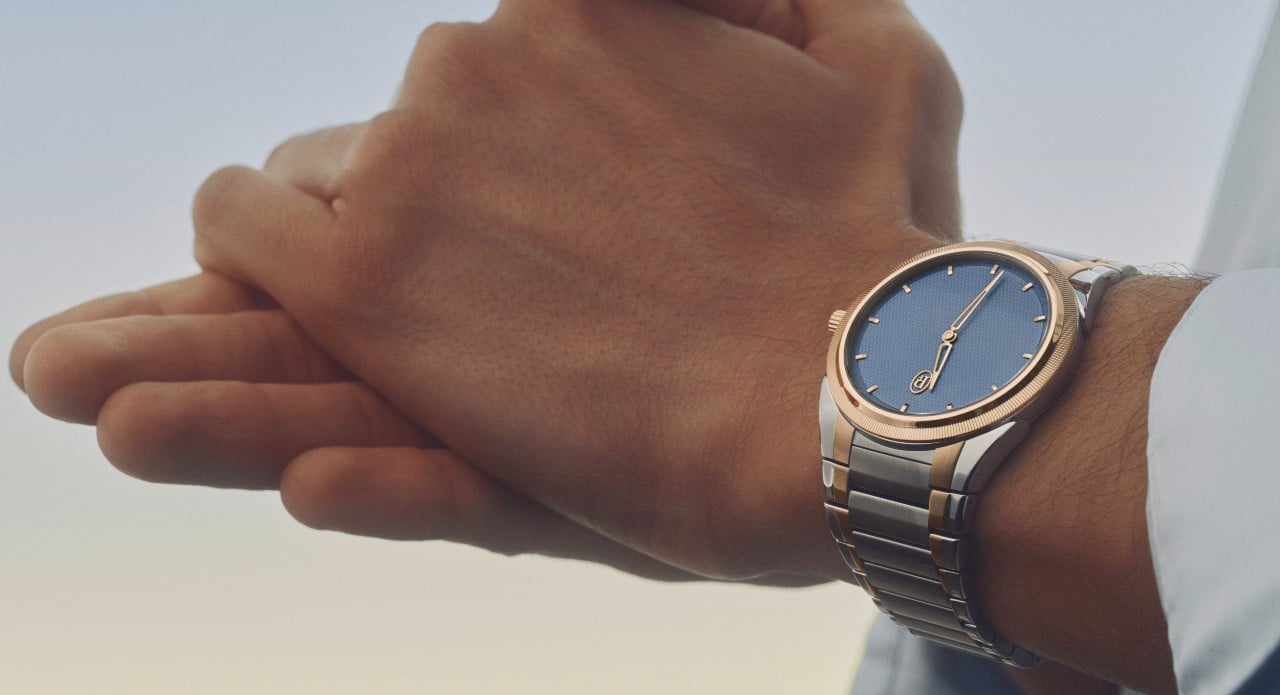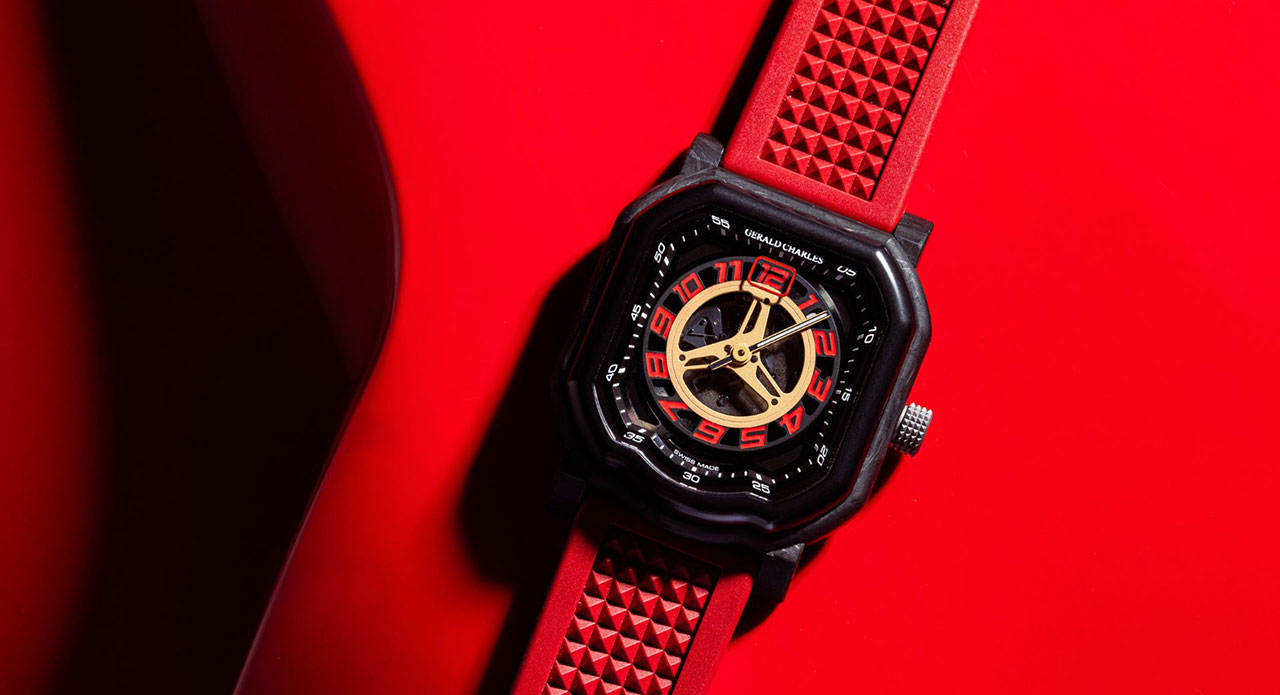In a world obsessed with bigger, bolder, and flashier, the small seconds sub-dial is an act of quiet rebellion. While most watches flaunt a sweeping second hand that dominates the dial, these understated marvels tuck theirs into a miniature stage — a little circle within the circle, ticking away discreetly like a heartbeat under a suit cuff. It’s the horological equivalent of a whisper that says more than a shout. Beneath its vintage charm lies deep mechanical reasoning and centuries of evolution — a reminder that, sometimes, the smallest details keep the biggest secrets in watchmaking.

A Little Dial With A Long History
The story of the small seconds hand goes back to the 18th and 19th centuries, when pocket watches ruled the world. These early timepieces used vertically stacked movements, meaning the gear train and escapement sat one above the other. The natural result? The seconds wheel ended up off-center, and the easiest solution was to display it separately on a sub-dial.
When wristwatches emerged in the early 20th century, they borrowed heavily from these pocket-watch movements. Early wristwatches, especially those converted from pocket formats, retained the small seconds layout as a mechanical and aesthetic signature. Even when modern movement design allowed for central seconds, the sub-dial refused to disappear — because by then, it had become iconic.
Think of those classic Patek Philippe Calatravas, A. Lange & Söhne 1815s, or the Jaeger-LeCoultre Reverso — each proudly carrying a tiny seconds dial like a badge of horological honour.
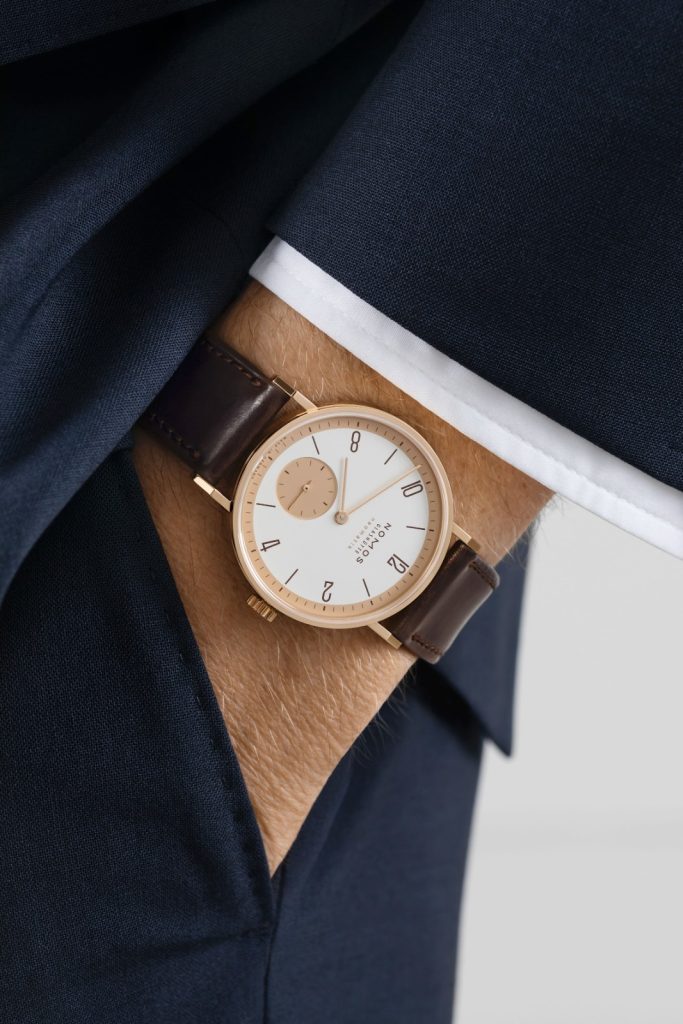
Why Off-Center Still Makes Sense
There’s more to the small seconds than nostalgia. In many manual-wind mechanical watches, the gear train layout naturally lends itself to a subsidiary seconds display. The fourth wheel, responsible for driving the seconds hand, sits off-center from the dial’s midpoint — and rather than re-engineering the entire mechanism, watchmakers simply embraced that position.
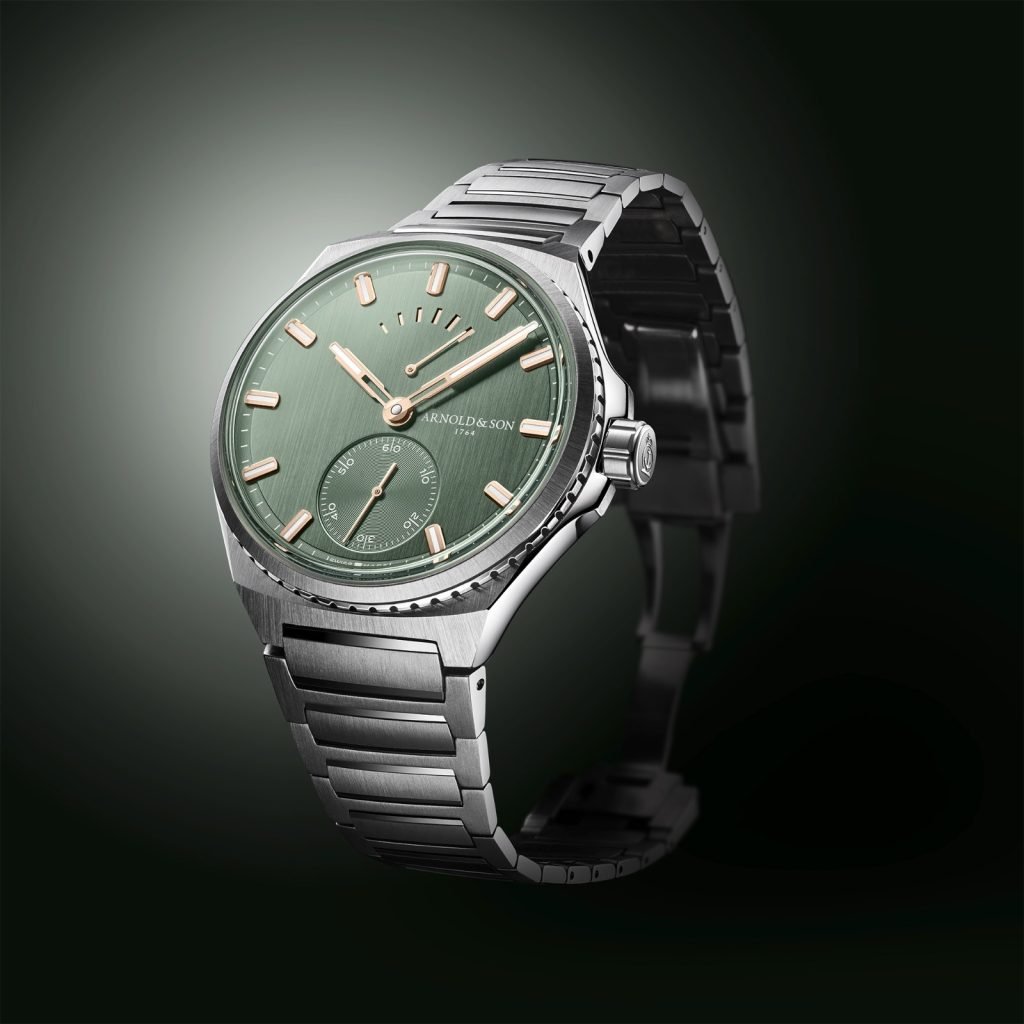
The design soon became a signature of mechanical purity — a subtle nod that the watch inside was a hand-wound marvel, not a mass-produced automatic. Even today, brands use it to signal traditional craftsmanship and a respect for horological architecture.
But beyond mechanics, there’s an aesthetic argument too. The sub-dial breaks up visual monotony, creating balance and proportion on a watch face. It gives the dial a graphic rhythm, a sense of motion contained within order. It’s both art and engineering — the kind of design flourish only a mechanical purist would appreciate.
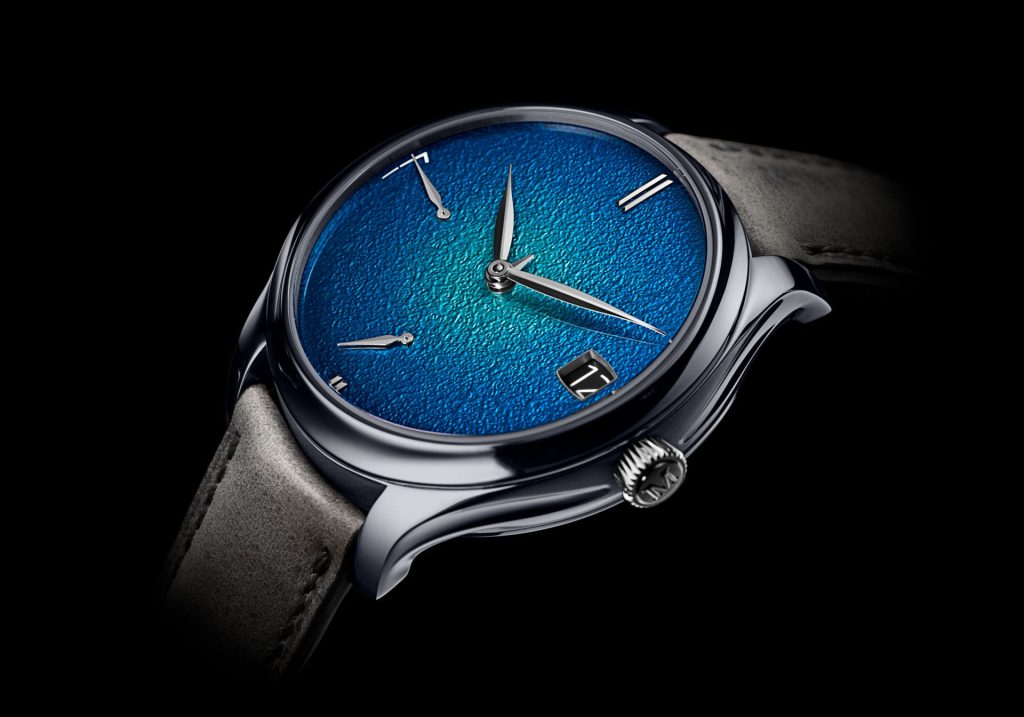
Central Seconds vs. Small Seconds — The Great Divide
When central seconds hands entered the scene in the mid-20th century, they represented modernity and efficiency. Central seconds were easier to read, more precise for timing short intervals, and looked dynamic — a must for tool watches, divers, and pilots. The Rolex Submariner, the Omega Speedmaster, and the IWC Pilot’s Watch — all built their reputations around that sweeping center hand. It gave motion to the entire dial, making time feel alive.
Small seconds, in contrast, evolved into a symbol of refinement and restraint. You don’t need to shout precision when you can whisper it elegantly from a corner of your dial. Dress watches, especially those in gold or platinum, began adopting the style to reflect poise rather than performance. So while central seconds shout “I’m on the move!”, small seconds quietly assure, “I’ve always been on time.”
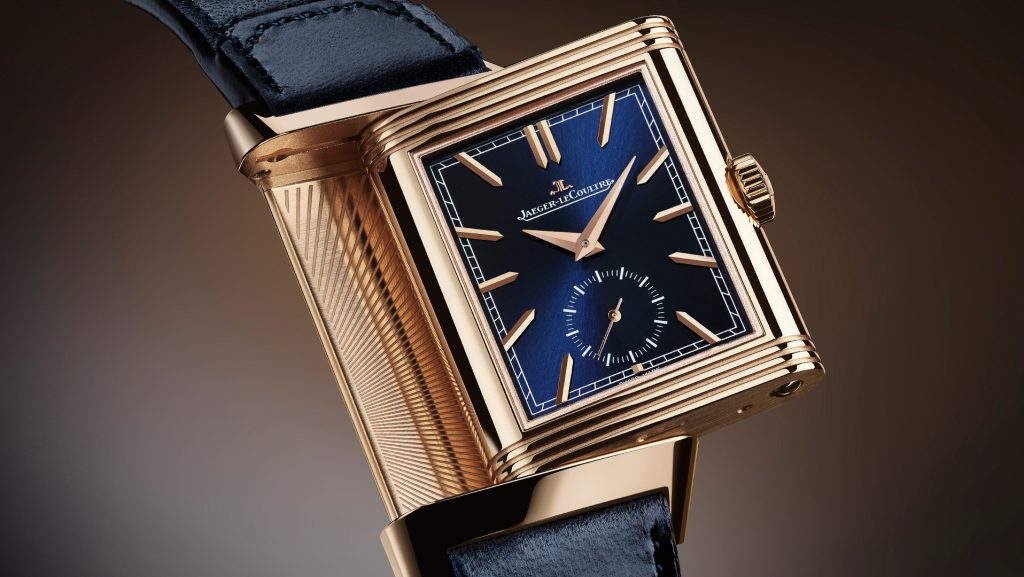
When Sub-Dial Steals The Show
Modern watchmakers have turned the small seconds into a playground for creativity. A. Lange & Söhne’s Richard Lange, Vacheron Constantin’s Patrimony, and Laurent Ferrier’s Galet use perfectly proportioned sub-dials to balance symmetry and focus. Nomos Glashütte — the minimalist darling of contemporary watch design — built an entire brand aesthetic around clean dials with precisely placed small seconds registers.
Then there are the rebels: independent brands that push the sub-dial’s geometry, offsetting it dramatically or enlarging it for emphasis. The H. Moser & Cie Endeavour Small Seconds transforms it into a sculptural feature, while FP Journe’s Chronomètre Souverain turns its eccentricity into elegance. What was once a technical necessity has now become an aesthetic signature — proof that tradition, when well-crafted, never goes out of style.
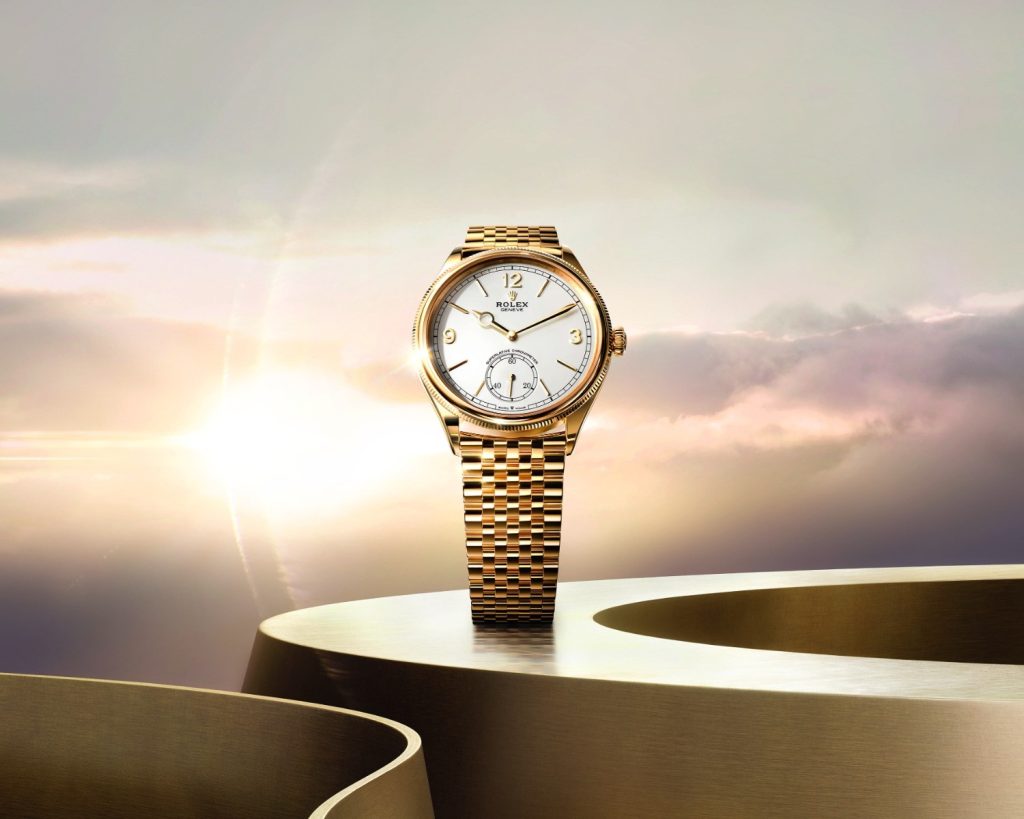
A Matter Of Personality
The type of seconds display on your wrist says more about you than you think. Central seconds watches are for those who crave visibility, momentum, and presence — the ones who like to see progress in motion. Small seconds, on the other hand, belong to the quietly confident — those who appreciate craftsmanship for its own sake, who notice details others miss.
In a way, the small seconds sub-dial is a metaphor for good watchmaking itself: understated, meticulous, and enduring. It doesn’t need to dominate the dial to prove its worth — its subtle pulse reminds you that time doesn’t need to shout to be felt.







